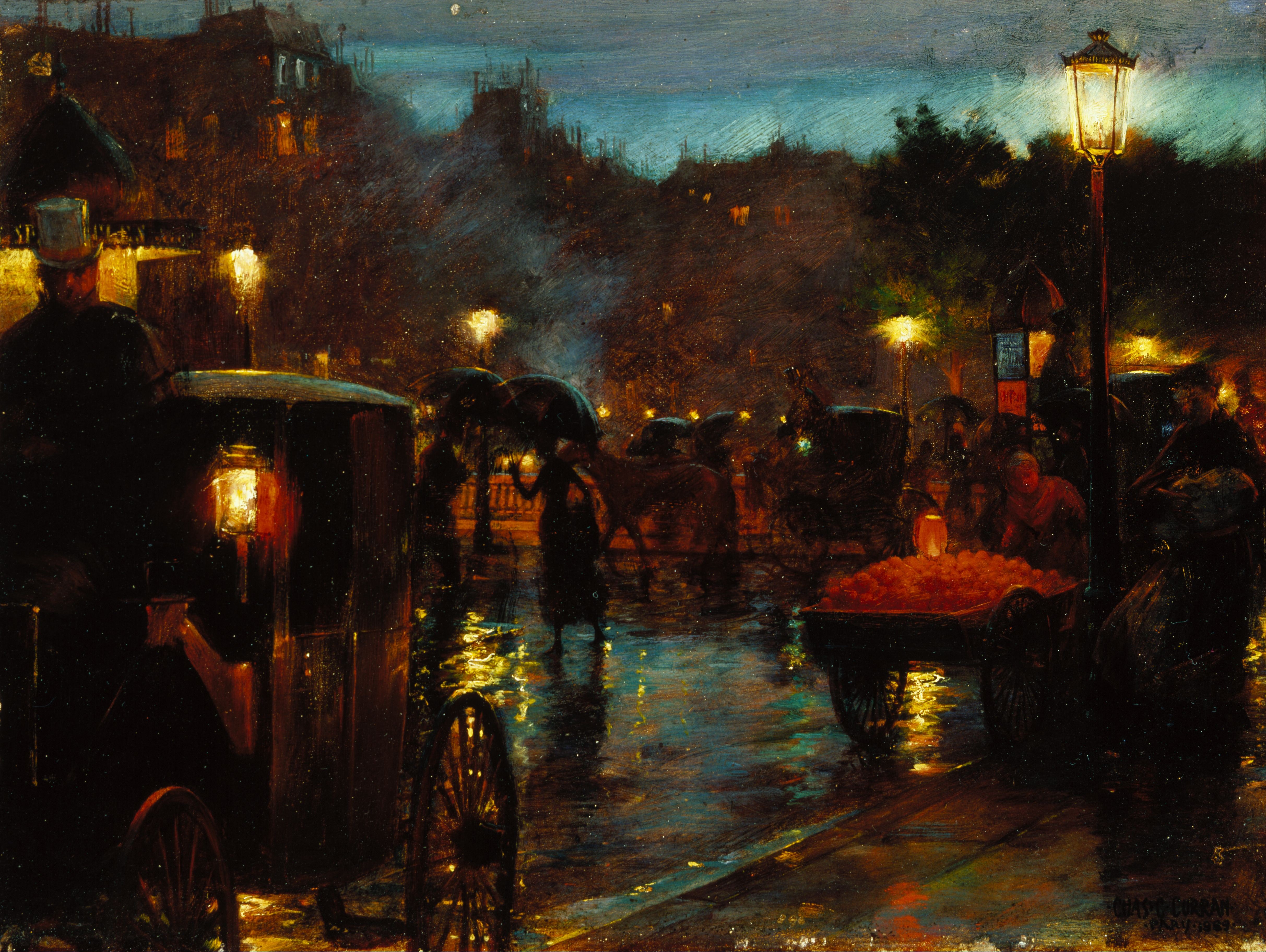Long a fan of the serene West Haven boardwalk, today proved to be just too hot and humid to enjoy it. But what a perfect excuse to visit the Savin Rock Museum.
Norma gave me a very personalized tour, dappled with her childhood and teen-year remembrances. She shuttled me from photo to photo, pointing out fun spots, sharing stories from the history of West Haven, and reminiscing about its fantastic entertainment center Savin Rock Amusement Park. Step aside, Coney Island!
The park opened in the 1870s, advertising itself as safe.

Savin Rock Park. Yalies supposedly knocked down this tower in a feat of vandalism
By 1925, 60,000 people crowded in for Memorial Day. Shwew!
Right there on Long Island Sound, people from all around the state enjoyed the amusement park and the beach. Free, although the rollercoaster and other rides cost a nickel. The first rollercoaster was a “one hump.” Yes, you understand that correctly. You ride up over one bump, and you’re done.
 No wonder the Thunderbolt seized everyone’s imagination, extending loop-de-loops out over the water.
No wonder the Thunderbolt seized everyone’s imagination, extending loop-de-loops out over the water.
Even I think that looks like fun…remind me to tell you my rollercoaster story.

Of course, there was a wonderful carousel, with only this horse surviving.
Norma pointed out the cast iron shooting targets, with falcons and other birds and animals. Real guns were used. Just like a hunt. Yikes! “Imagine that today,” she said. I can’t. But rest easy. Only parents were allowed to shoot…
I would have loved to go through the Funny House.

When you step into that museum gallery, the Laughing Lady begins howling chortles and guffaws, the same recording as used in the day. You can hear it in this video.
The amusement park was such a big deal, the whole area became famously known as Savin Rock, CT, foregoing any mention of West Haven, the actual municipality.
At its peak, Savin Rock had 68 hotels along its shore, some with fine dining.

How many hotels are there now? You got it. None.
Prohibition came to the park, of course, but so did the speakeasies.
When this hotel bar was flooded, Savin Rock mechanic and passionate local historian Harold Hartmann disassembled the room piece and piece, brought them home, and placed them with dehumidifiers to dry out. The process took 2 years. Then he painstakingly reassembled the room for display at the museum.
You could take the trolley to the park from New Haven. What fun. But car culture was coming.

Roller skating and boxing and car racing. All popular amusements.
By the 1950s, about 150 buses of New York and New Jersey residents started arriving each day at Savin Park. Marketing had gone wide. Bathrooms still numbered 8. Pretty soon, the park experience grew seedy, and locals stayed away.
Just as the town had blasted through the two-block long Savin Rock to make a roadway along the beach, so too the town intervened with the decrepit park. Basically nothing is left today, other than the boardwalk and a few fish shacks.
Yes, when you visit the museum, walk along the boardwalk at least to Stowe’s. You won’t be sorry, with their wonderfully fresh seafood.
Although I’m sad I won’t get to hear the opening bell for Savin Rock Amusement Park or try Terry’s Hot Butter-Flake Brand Pop Corn, at least the museum preserves what it can of the experience.
It’s all about the laughs, right?

The museum also features local history. My favorite by far were the late 1800s fire company markers.
When you paid your fire insurance, you placed this marker on your house. Much more elaborate than the simple star from the Colonial era. In the event of a fire, you called your own fire company, but unless the insignia was displayed, no dousing.
























































 I walked into
I walked into 













































 I knew about dogs that worked in the home by walking on treadmills that turned spits of meat in the fire., much as donkeys worked in mills to turn the gristmill. Velya showed us a picture of the now-extinct Turnspit Dogs, which she called household “slaves.” Indeed their lives were so bad, often forced to walk on hot coals to speed up their work, that the ASPCA was formed in response.
I knew about dogs that worked in the home by walking on treadmills that turned spits of meat in the fire., much as donkeys worked in mills to turn the gristmill. Velya showed us a picture of the now-extinct Turnspit Dogs, which she called household “slaves.” Indeed their lives were so bad, often forced to walk on hot coals to speed up their work, that the ASPCA was formed in response.

























 he Union Suit, what now we call onesies for infants and long johns for adults, came into being as the cotton underwear for under those scratchy Union Army uniforms.
he Union Suit, what now we call onesies for infants and long johns for adults, came into being as the cotton underwear for under those scratchy Union Army uniforms.








 I liked the mineralogist,
I liked the mineralogist, 



 The Peabody’s work on dinosaurs provided source material for Godzilla, Jurassic Park, and Indiana Jones, based on the Yale explorer Hiram Bingham.
The Peabody’s work on dinosaurs provided source material for Godzilla, Jurassic Park, and Indiana Jones, based on the Yale explorer Hiram Bingham.


